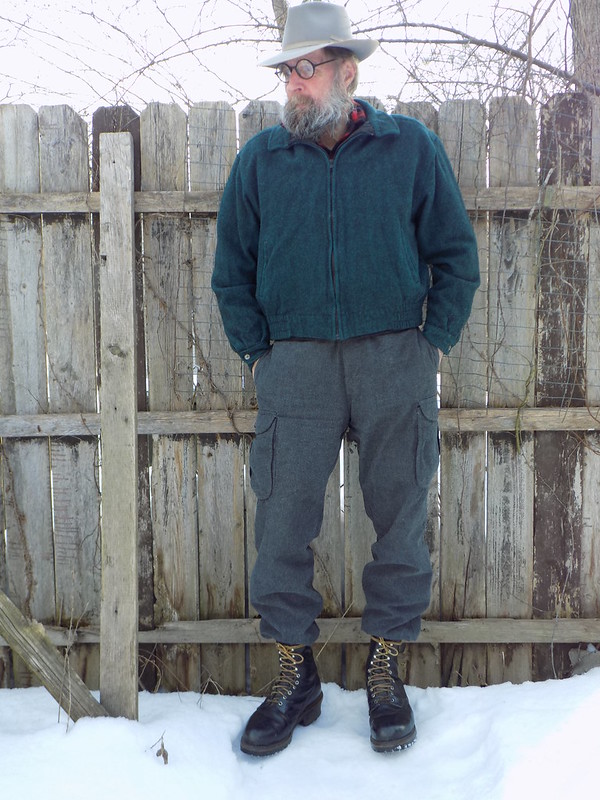- Messages
- 19,000
- Location
- Central California
Stetson No. 1



Sent from my iPhone using Tapatalk Pro



Sent from my iPhone using Tapatalk Pro






























